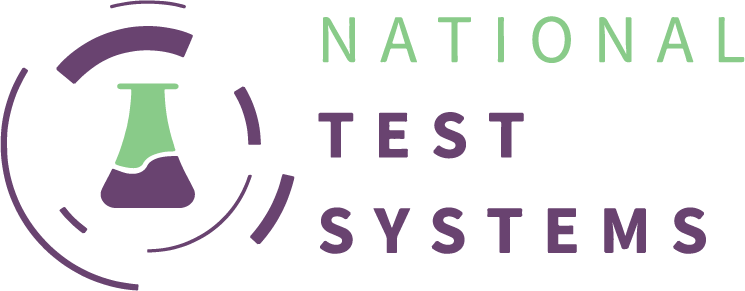
Oxycodone
Oxycodone
OXY
What is Oxycodone?
Oxycodone is a semi-synthetic narcotic analgesic used to treat moderate to severe pain. It is a semi-synthetic opioid being that it is synthesized from thebaine, a naturally occurring alkaloid found in the opium poppy. It has a high potential for abuse due to its’ euphoric pain relieving effects and high risk of addiction and dependency. Oxycodone has become increasingly popular in recreational users in recent years and has contributed to what is now being called the “Opioid Crisis” of America.
Cut-Off Levels (ng/mL)
200, 300 ng/mL (Urine)
50, 300 ng/mL (Saliva)
Window of Detection
2 Hrs. – 3 Days (Urine)
1 – 2 Days (Saliva)
How is it Used?
Oxycodone can only be obtained (legally) by having a prescription from a licensed medical practitioner. It is manufactured and distributed in extended-released (ER) tablets ranging from 5mg – 80mg and 5mg – 30mg immediate-release tablets (IR). Common name brands of oxycodone are OxyContin, Roxicodone, Roxicet, Endocet, Percocet, and Percodan. When taken properly in a medical setting or under medical supervision, oxycodone is approved for oral use only in the U.S. It is available in liquid form for intravenous and intramuscular injection in other countries such as the U.K.
What are the Effects?
When taken properly an extended-release tablet will usually produce onset effects within 30 minutes to 1 hour and can last anywhere from 4 – 12 hours gradually “releasing” the dose over an “extended” period of time. The immediate-release tablets will have shorter acting effects last from 2 – 4 hours but “release” the entire dose all at once or “immediate(ly)”. Oxycodone has been said to produce euphoric pain relieving effects that have helped many improve quality of life, but has a high risk of dependency and can also be fatal at high doses. Users are often encouraged to be weened off oxycodone, due to the withdrawal symptoms that can follow abrupt stoppage.
Common Symptoms
- Miosis or pin pointed pupils
- Shallow Breathing
- Decreased Respiratory Function
- Itching
- Nausea
- Vomiting
- Constipation
- Dizziness
- Coma
- Death
Common Street Names (Opium)
What does it Look Like?
Legal Status
Oxycodone is a Schedule II substance under the U.S. Controlled Substance Act.
Testing Options
- Integrated Urine Test Cup
- Urine Test Dip Card
- Oral Fluid Test
- Field Test

Contact us
Call Us
1-866-989-9300
Email Us
info@ntsbiz.com
Our Location
550 NW 77th Street
Boca Raton, FL 33487
